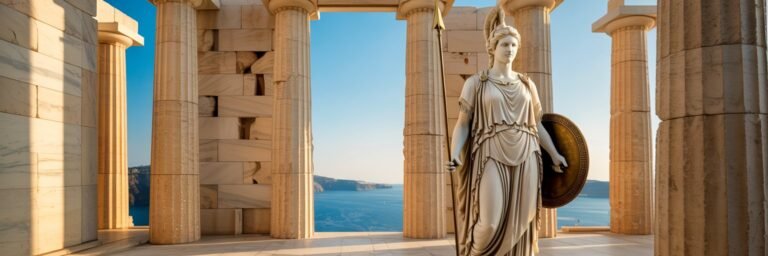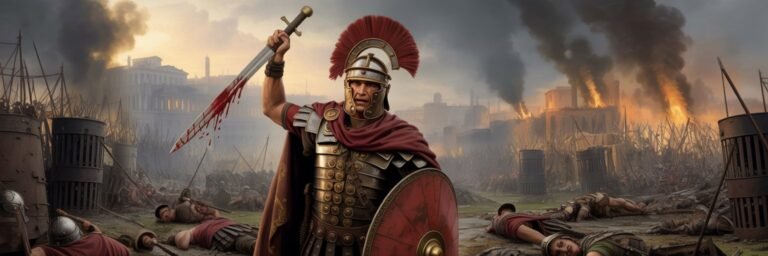INTRODUCTION
Art and Architecture are mirrors of the time they come to life—they echo the sentiments, ideologies, and philosophies of their generation. Even more intriguing are tales where elements of art and architecture are intertwined with whispers of conspiracy. From distant epochs to more modern days, our collective history is dotted with mysteries where the realms of creation and subterfuge intertwine. This article aims to walk you through a timeless journey that explores this thrilling nexus—the art and architecture of historic conspiracies.
HISTORICAL BACKGROUND
The initiation of art and architecture in conspiracy-related narratives can be traced back to Ancient Egypt, with its Pyramids’ construction and their purported hidden wisdom. The structures, built in 2600 BC under the reign of Pharaoh Khufu, have been the subject of countless conspiracy theories. Scholars such as Herodotus and Diodorus Siculus suggested the pyramids were not just tombs, but repositories of mysterious, otherworldly knowledge.
In the Renaissance era, Leonardo da Vinci, a polymath considered one of the world’s greatest painters, was central to conspiracy narratives. His masterpiece, The Last Supper, painted in 1498, has been analyzed repeatedly for potential encrypted messages, leading theorists to believe da Vinci was malluding to hidden truths.
THEORIES AND INTERPRETATIONS
The interpretations and theories surrounding architectural and artistic masterpieces are numerous and varied. Their mysterious nature stirs human curiosity, leading us towards a world of imagination and intrigue. For instance, consider the case of the Voynich Manuscript, a fifteenth-century document written in a language no one has managed to decode. Conspiracy theories propose that it was created by a secret society or by an alchemist who wanted to keep his findings hidden from the church.
Among famous architectural marvels, the Great Pyramids of Giza have always stimulated debates. Scholarly interpretations often propose that the pyramids held mystical insights, theories linked to the Orion constellation, mirrored elements of sacred geometry, or were part of a worldwide network of power places.
MYSTERIES AND CONTROVERSIES
Artistic and architectural secrets are not without controversy. Take, for example, Rennes-le-Château, a small village in Southern France that became the center of a conspiracy theory due to its strange 19th-century renovations by the priest Bérenger Saunière. Rumors suggest Saunière discovered hidden treasure related to the Holy Grail, a fact reflected in the strange symbols and inscriptions he included in the village’s structures.
At a larger scale, the monuments of Washington, D.C., have been accused of harboring occult symbols. Critics scrutinize the city’s Masonic layout, symbols on U.S. dollars, and the Washington monument’s peculiar height—555.5 feet above ground, 111.1 feet below, resembling the ancient sacred number sequence.
SYMBOLISM AND CULTURAL SIGNIFICANCE
The symbolic significance of art and architecture feeds into these conspiracy narratives. Da Vinci’s Last Supper, for instance, has been subjected to intense scrutiny. Dan Brown’s “The Da Vinci Code” proposes that the ministry’s effigy hides secret knowledge about the Holy Grail and a buried feminine principle within the Church—conspiracy theories that continue to provoke thought and debate.
Similarly, if one looks at cultural significance, the Pyramids of Giza, shrouded in mathematical and astronomical wonder, are viewed as the epitome of divine knowledge. Their construction’s accuracy aligns with Orion’s Belt in the constellation, leading to interpretations about prehistoric astronomical prowess—incorporating cultural, historical, and cosmic significance into one mega-structure.
MODERN INVESTIGATIONS
The alluring nature of such mysteries and the technological advancements have led to penetrating modern investigations. Radiographic imaging studies of the Mona Lisa have unveiled hidden layers, including a possible other woman’s portrait underneath. This revelation has added fuel to the fire of conspiracy theories suggesting da Vinci’s deep-rooted enigmas.
Likewise, scanning technologies have revealed cavities within the Great Pyramid of Giza, called the “Big Void,” renewing talk of hidden chambers and lost knowledge. New findings in Rennes-le-Château, backed by modern forensics and extensive historical research, continue to bewilder conspiracy theorists and skeptics alike.
LEGACY AND CONCLUSION
The stories, interpretations, and mysteries enveloped within the vast expanse of art and architectural history continue to inspire today’s cultural landscape. They have spawned novels, films, and continue to fuel scholarly and amateur debates, impacting contemporary thought and philosophy.
The art and architecture of historic conspiracies is a testament to human enigma, infusing our stark reality with dashes of mystery and intrigue. As we step into the ever-evolving nature of knowledge and discovery, the same art and architecture—rich in age and wisdom—continue to push the boundaries of our understanding, challenging us to question what we see and know. This journey into the unfathomable depth of past creations is a testament to our collective curiosity, ever probing the threads of history’s rich tapestry and the secrets it continues to hold.






